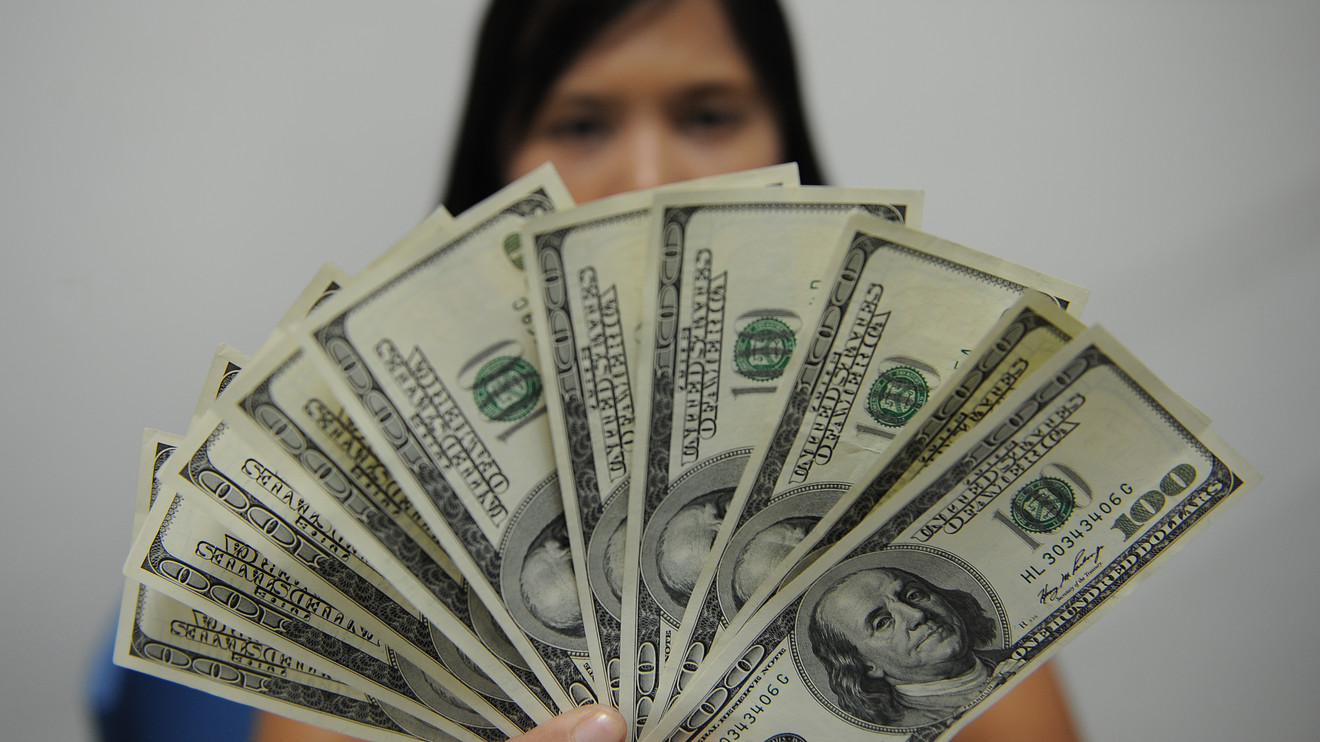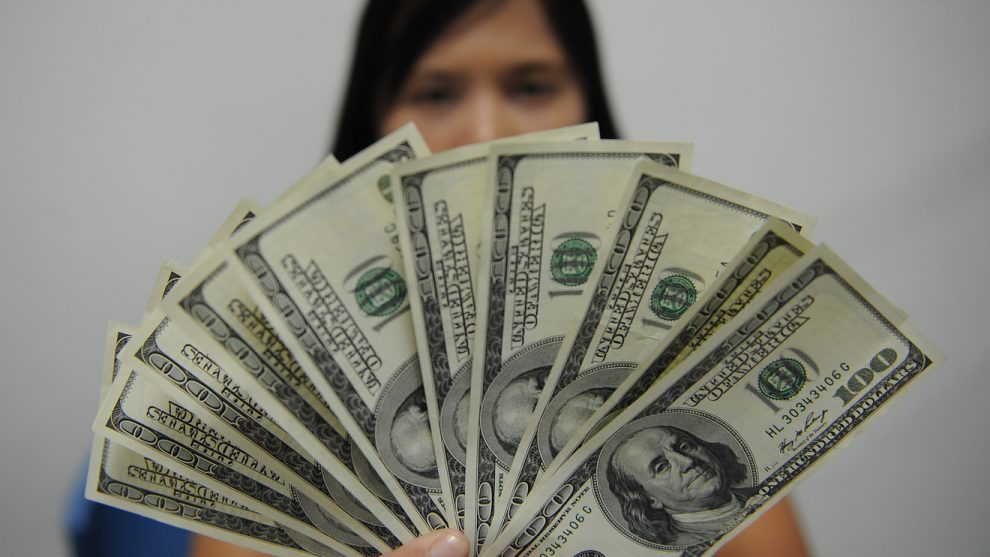
Step aside, there’s a new kid in town.
Japan reclaimed its previous status away from China as the U.S. government’s biggest creditor for the first time since 2017, according to the widely-watched Treasury International Capital report (TIC) published Thursday afternoon. The report offers a snapshot of foreign buying of Treasurys at a time when U.S. government bonds have seen a dramatic rally over the course of the year amid persisting trade tensions and unflagging global growth concerns.
Japan’s holdings rose to $1.123 trillion in June, around a three-year high, from $1.101 trillion in May. China’s Treasury holdings inched up to $1.113 trillion in June, from $1.110 trillion in the previous month.
Overall, the total amount of Treasurys held in foreign investors’ hands rose by $97 billion, to $6.636 trillion in June.
The 10-year Treasury note yield TMUBMUSD10Y, +0.98% stood at 1.495% on Thursday, its lowest level since August 2016. The benchmark maturity has retreated more than a single percentage point in 2019 alone, and hovered around the 2% level in June. Bond prices move in the opposite direction of yields.
The uptick in foreign purchases could help soothe fears that bond buyers will struggle to take down the U.S.’s yawning budget gap. The Trump administration projected a more-than-$1 trillion fiscal deficit for the full budget year, which ends Sept. 30.
The TIC report also underscores how income-hungry Japanese investors have scrambled to U.S. debt markets in search of positive-yielding assets despite the hefty currency-hedging costs associated with buying dollar-denominated bonds.
“There’s really only one place where you can get relatively high, positive yields for risk-free assets,” said Vinay Pande, head of trading strategies at UBS Global Wealth Management, in a previous interview with MarketWatch.
Japan’s domestic bond markets have been characterized by subzero yields. Japan’s 10-year government bond yield TMBMKJP-10Y, -0.25% trades at negative-23 basis points.
But the cost to hedge against outsized fluctuations in currency markets can wipe out the profits from the yield difference between the U.S. and Japan. This has made even lower-yielding European debt more attractive than their U.S. peers.
That’s why many insurers and pension funds often forgo the use of currency hedges to preserve the income earned from their greenback-denominated investments. Such buyers may have taken comfort in the greenback’s continued strength against other developed-market currencies despite the Fed’s rate cut in July.
Read: Fed dovish pivot may threaten Asian life insurers swimming ‘naked’ in U.S. corporate bond markets











Add Comment